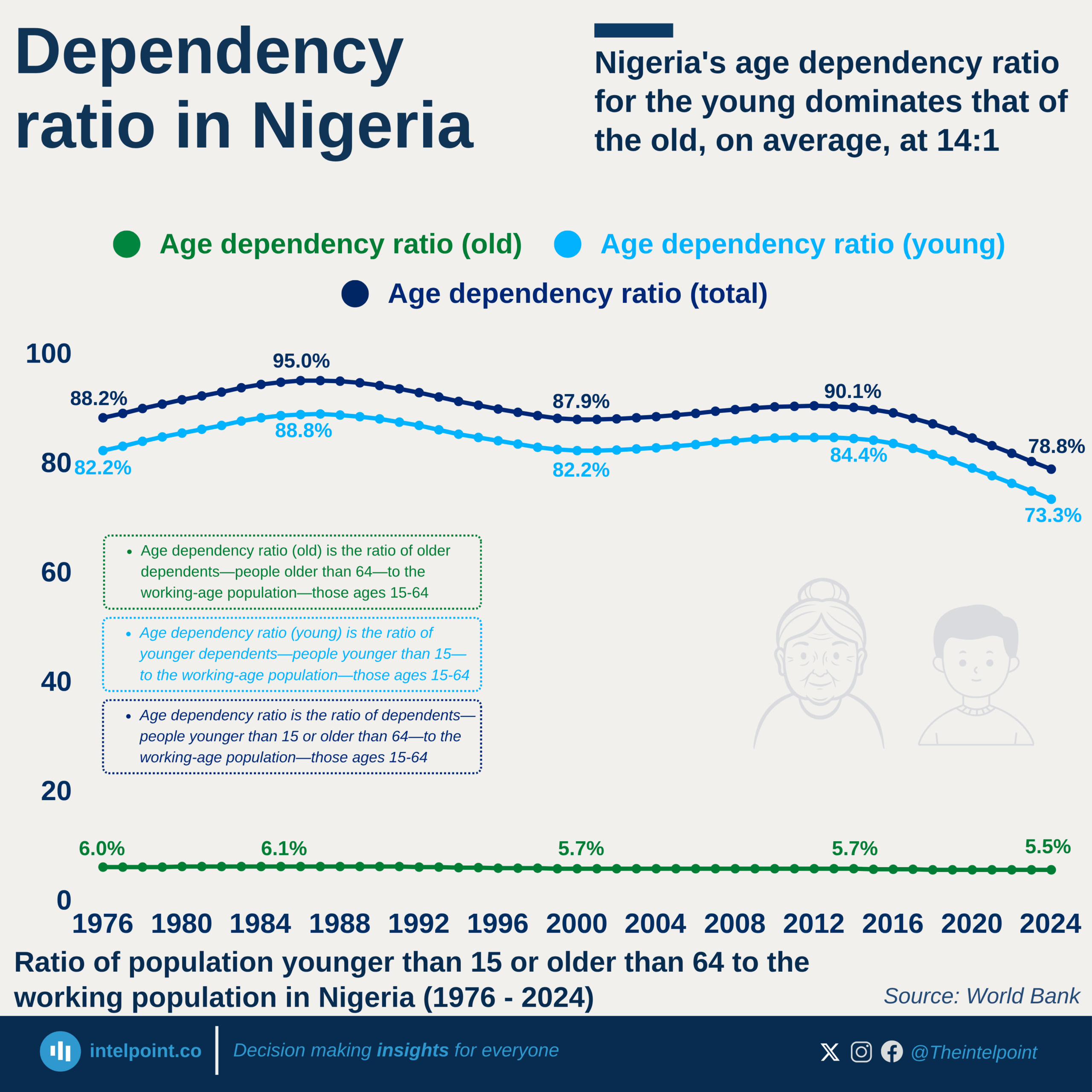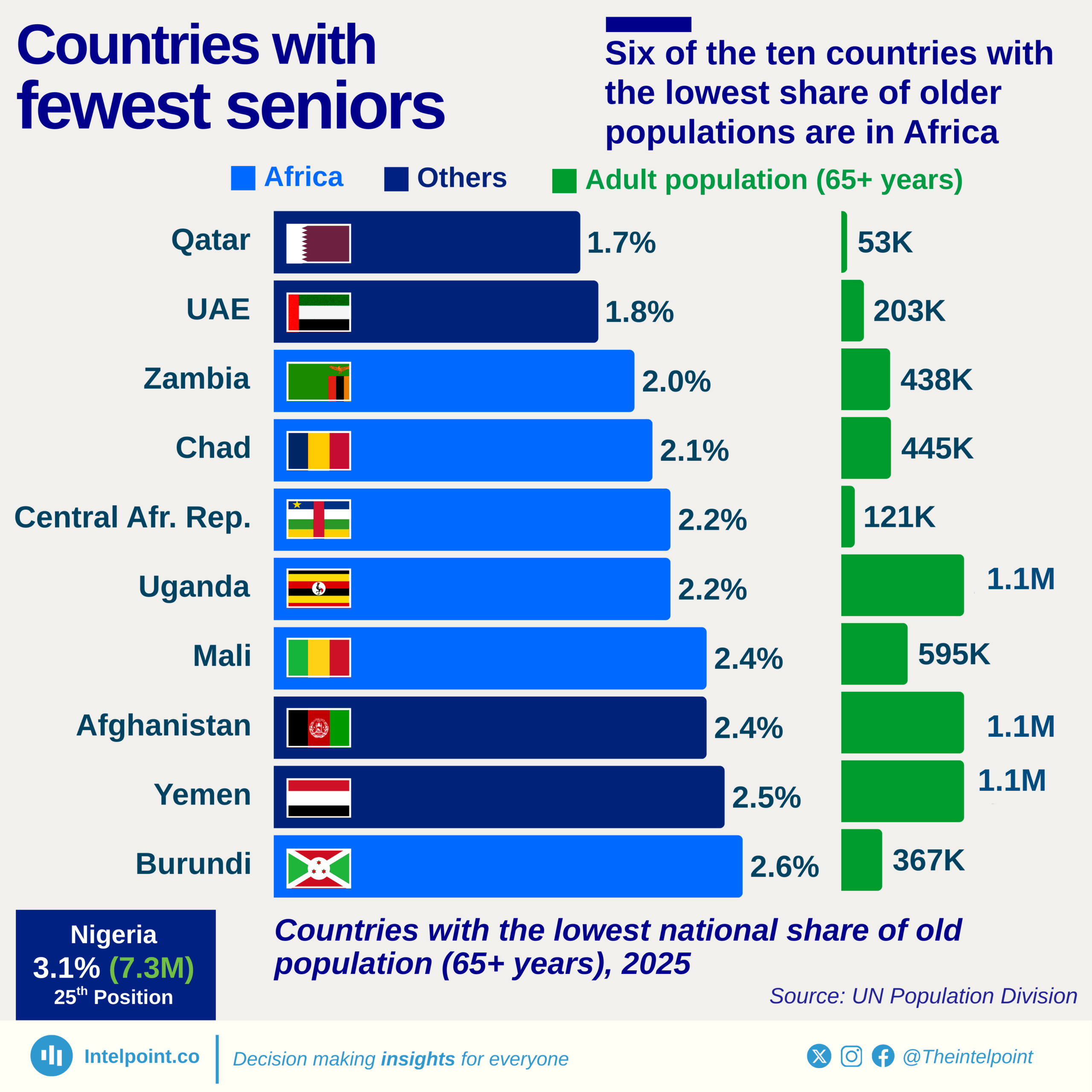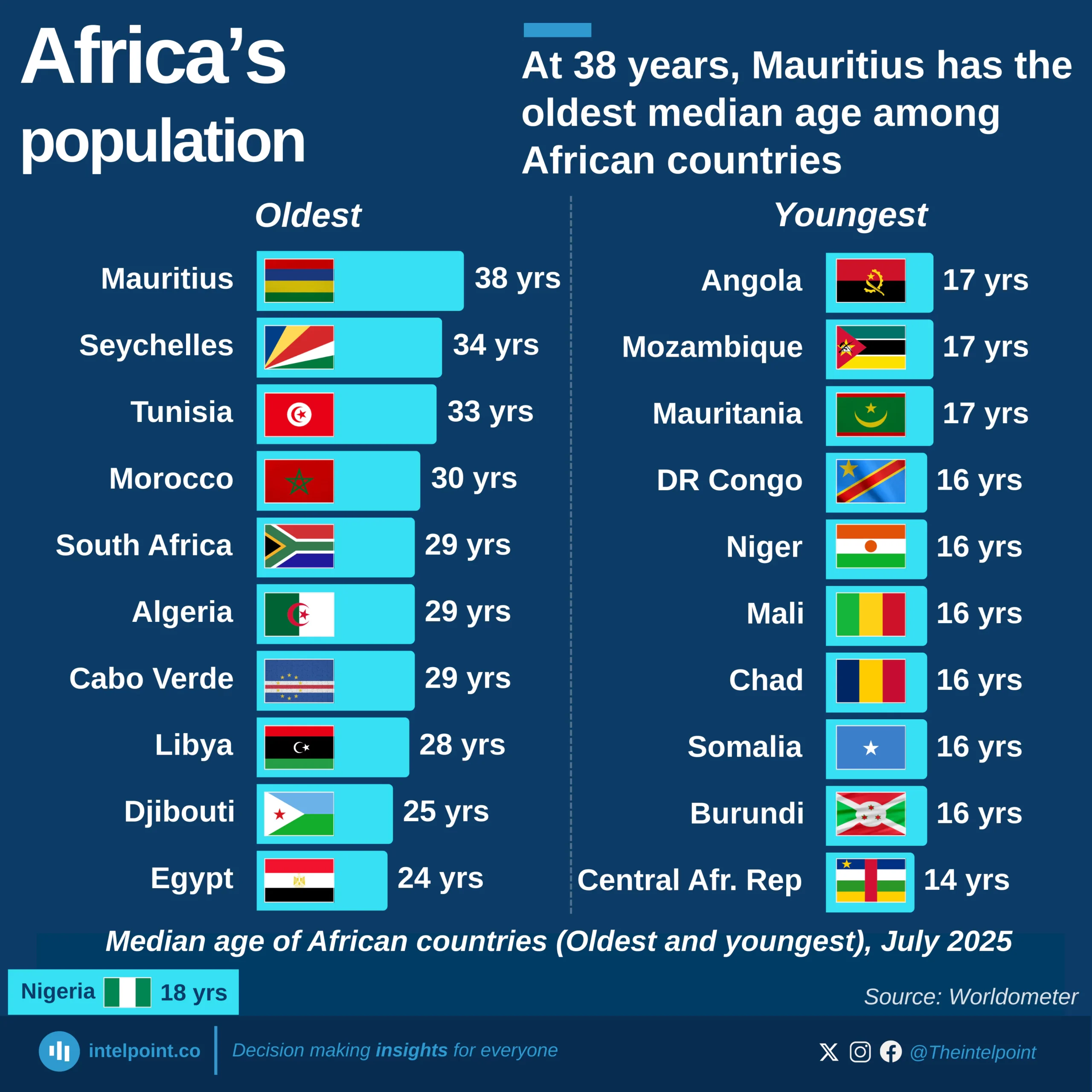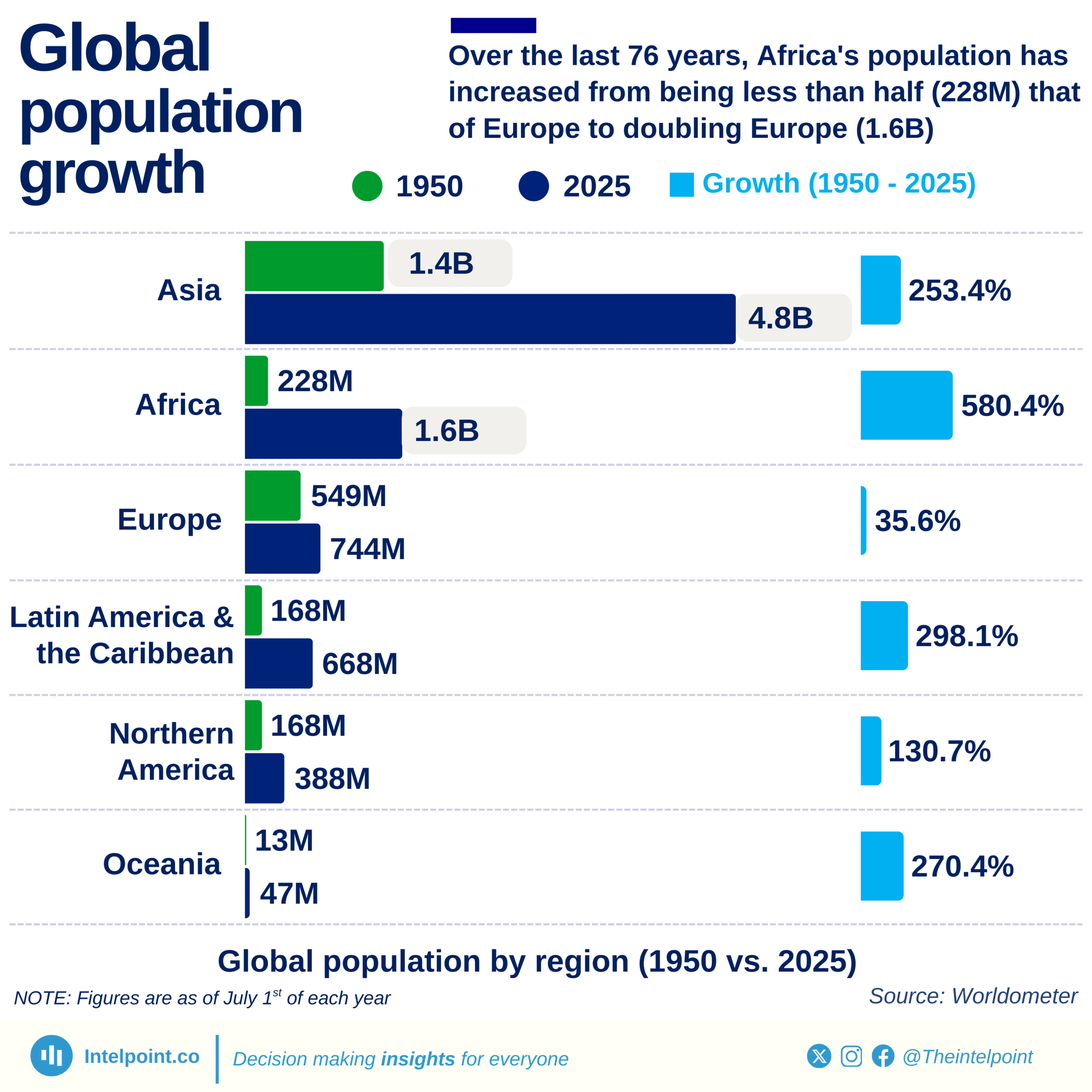Key Takeaways:
Looking ahead to 2054, India is projected to solidify its position as the world’s most populous country, with an estimated 1.69 billion people, growing by nearly 250 million over three decades. In contrast, China is expected to see its population decline to 1.22 billion, a 14.1% drop from its 2024 level.
Rapid growth in countries such as Pakistan and Nigeria is expected to significantly reshape the global demographic landscape. Pakistan is projected to surge into third place with 387 million people, while Nigeria is expected to reach 374 million, moving up to fifth place globally. Meanwhile, Russia, like China, is on a path of population decline, with its population expected to decline by 6.9%.





